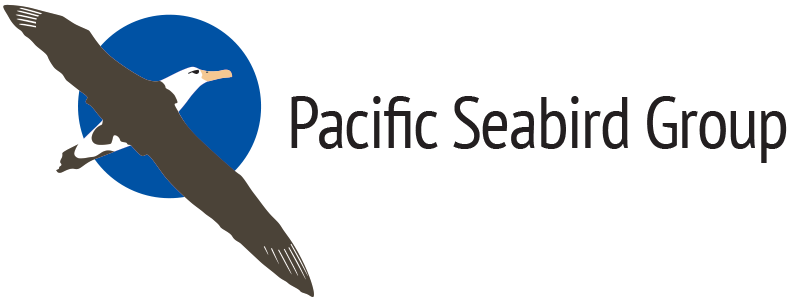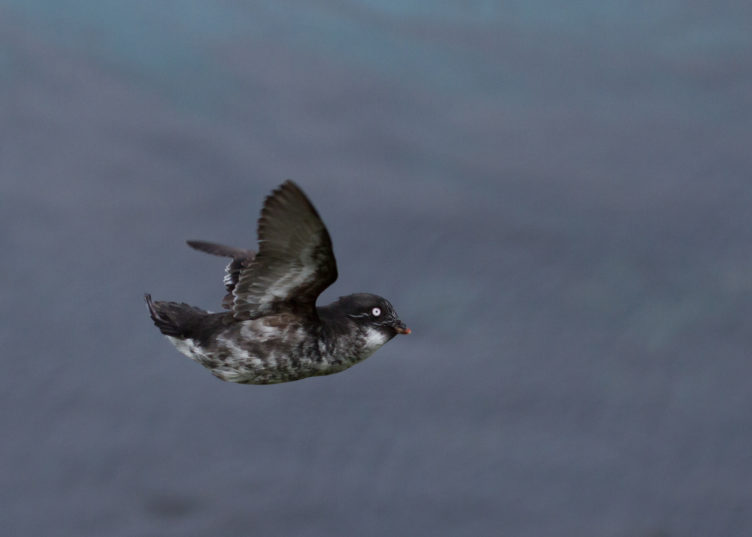Corresponding Members
The Equity, Inclusion, and Diversity Committee‘s goal is to maintain a geographically diverse PSG membership spanning the entire Pacific. Moreover, this committee seeks to foster involvement of seabird researchers and conservationists in developing countries or those working in regions with little or no institutional support for seabird conservation. We do this by offering free 3-year memberships to the Pacific Seabird Group, in exchange for a report written by Corresponding Members about their seabird research activities or conservation efforts (published in Pacific Seabirds). In addition, Corresponding Members are eligible for Travel Awards to attend PSG’s Annual Meeting as well as Conservation Grants. The Committee helps Corresponding Members to network with the broader PSG membership and create connections to support critical seabird research and conservation abroad. For more information about the EID Committee, click here.
If you are a researcher (or know someone) who works in regions with little or no institutional support for seabird conservation, please email Carlos Zavalaga for more info on how to join PSG as a Corresponding Member. If you are a student (or know a student!) who would be interested in receiving a sponsored membership, please contact the PSG HELPS Committee for more information on how to join via the PSG HELPS program.
Resources to Write in English
Meet some of our Corresponding Members and read about their work below!
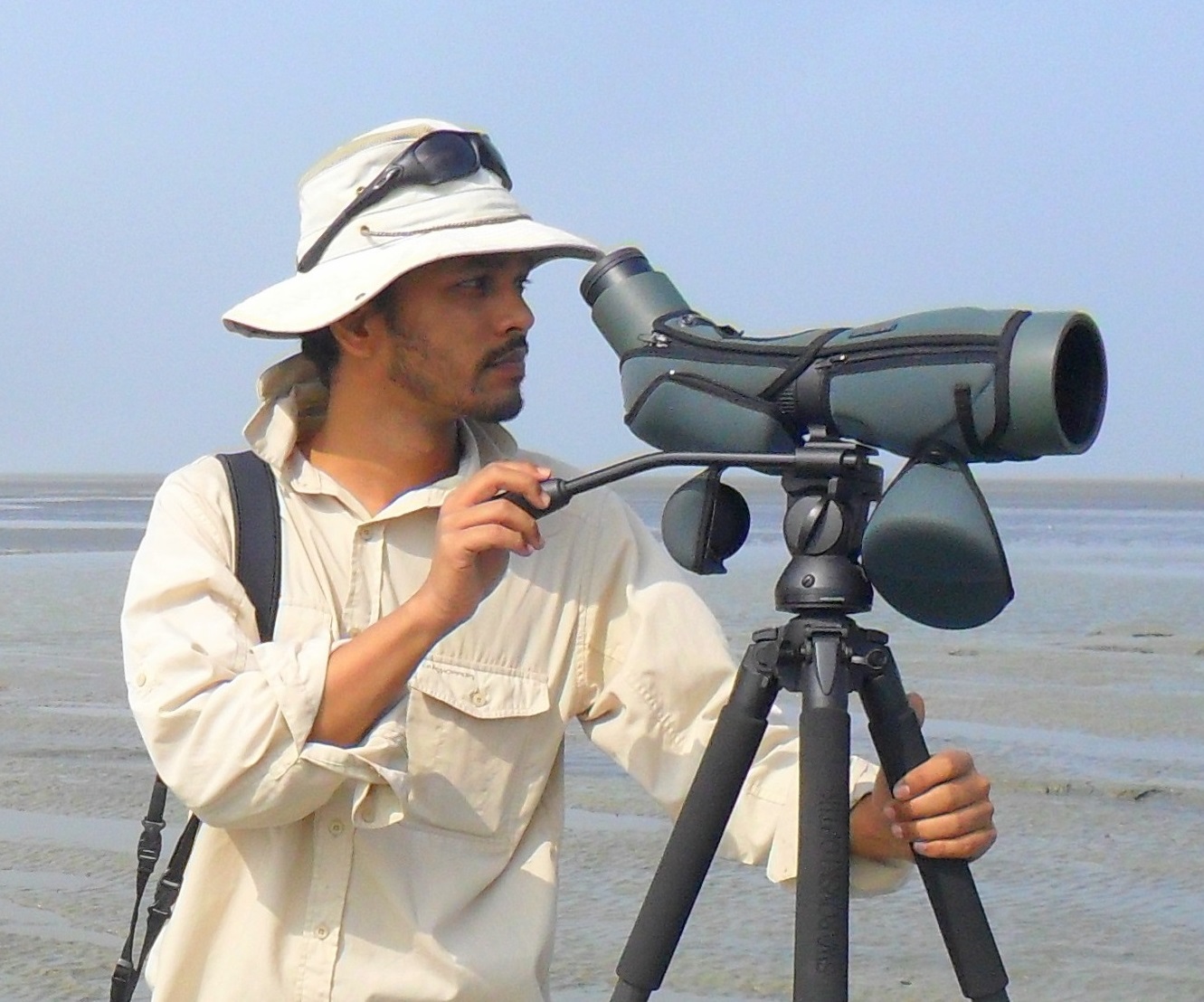
Sayam U. Chowdhury
Conservation Science Group, Department of Zoology, University of Cambridge & Assistant Coordinator, Spoon-billed Sandpiper Task Force
I am a conservation biologist with interests in the ecology and conservation of threatened species in Asia, and in applied issues of understanding and mitigating the impact of ecological changes on biodiversity, especially in a densely populated countries like Bangladesh. My work is primarily focused on migratory shorebirds of the East Asian–Australasian Flyway, and developing tools for managing coastal habitats and identifying mitigation measures in response to climate change. My PhD focused on understanding the habitat requirements of shorebirds in the coastal areas of Bangladesh and the multiple factors driving their population decline such as intense human pressure and climate change. In addition, since 2010, I have a keen interest in and working experience with threatened raptors, riverine species, and small mammals.
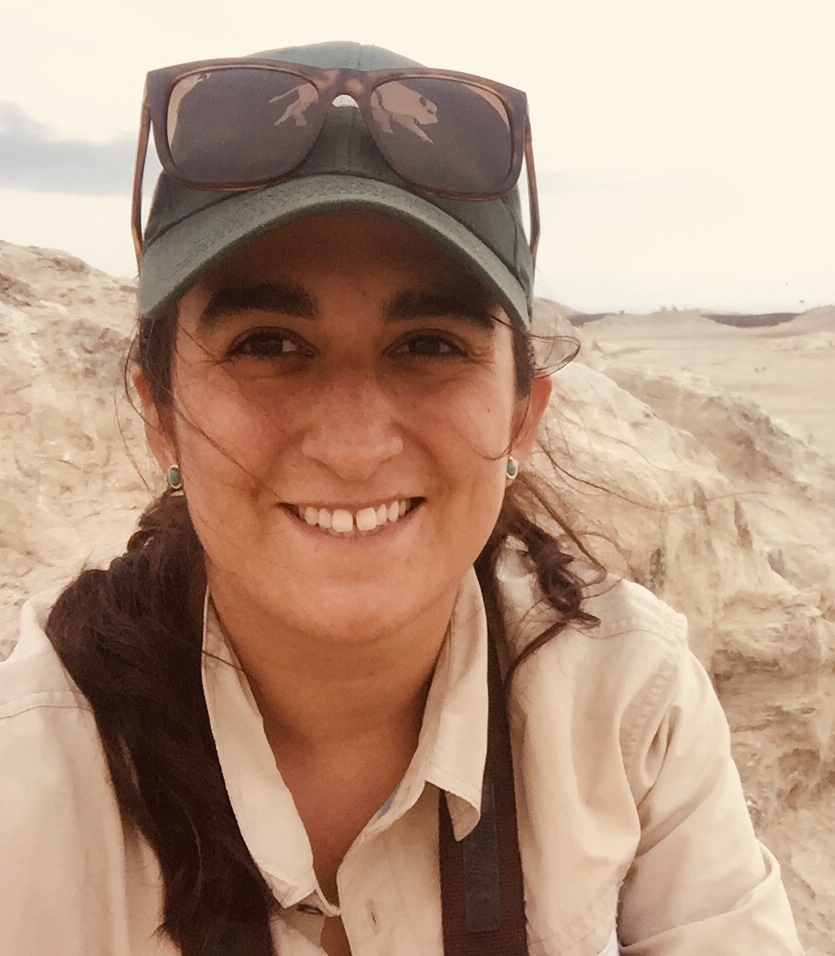
Susana Cárdenas-Alayza
Punta San Juan Program, Centro para la Sostenibilidad Ambiental, Universidad Peruana Cayetano Heredia
I am a Peruvian biologist and graduated from the Universidad Peruana Cayetano Heredia, with a master’s degree in Zoology from the University of British Columbia, Canada, and a PhD in joint supervision between Universidad Peruana Cayetano Heredia in Peru and the Université de Montpellier in France. My research focuses on the population dynamics and trophic ecology of top marine predators, with a strong focus on pinnipeds and seabirds of the Peruvian Humboldt Current through the use of different methodologies. Since 2013, I have served as the Director of the Punta San Juan Program; I am also a professor at the Faculty of Sciences and Philosophy of the Universidad Peruana Cayetano Heredia where I supervise students who develop research projects on marine ecology and conservation. I participate in several technical committees that evaluate status of endangered species, marine protected areas, and conservation of marine biodiversity.
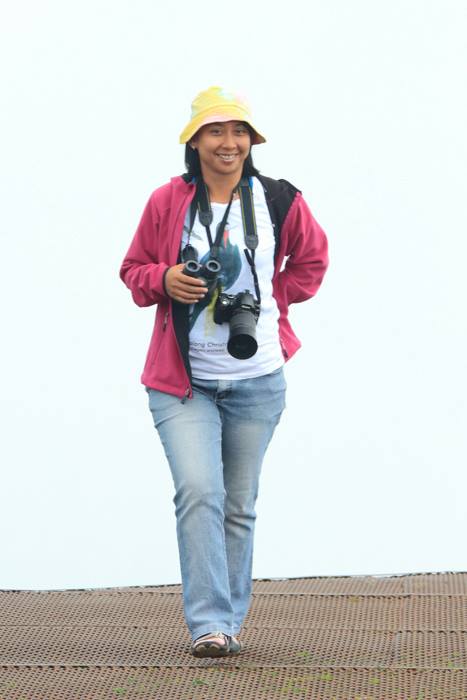
Fransisca Noni Tirtaningtyas
Seabirds Indonesia, National Biodiversity Monitoring Specialist at Fauna & Flora International – Indonesia Programme
I have been actively working in the field of conservation in 2005 since joining Birdlife International Asia Programme for Bird Database. Since then, I have served as the coordinator of Bird Banding Activity in West Java for the Indonesian Bird Banding Scheme Organization under the Indonesian Institute of Sciences. During my Master’s study in 2014, I worked as a researcher assistant about “Ecological and Socioeconomic Functions of Tropical Lowland Rainforest Transformation Systems” (EFForTS), a collaboration between The University of Göttingen and Bogor Agricultural University; I also served as a researcher assistant between Bogor Agricultural University, PT Indocement Tunggal Prakarsa Tbk, and PT Astra Agro Lestari. I have much experience in seabird conservation and from 2009 onwards, I have managed a project focused on Christmas Frigatebird (Fregata andrewsi) in Indonesia by forming the Seabirds Indonesia community.
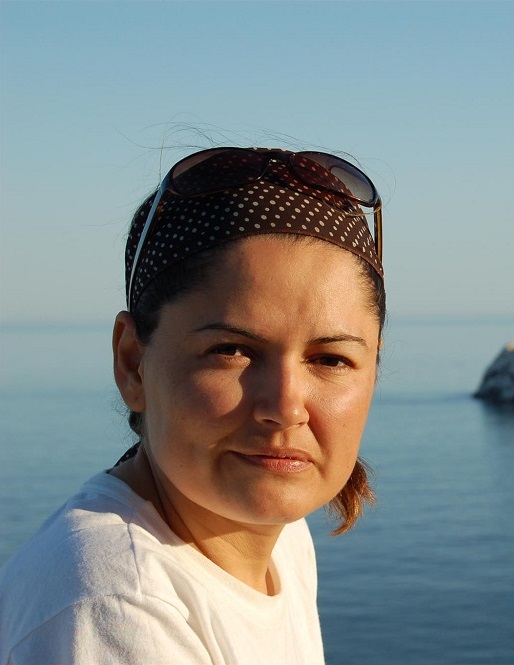
María Félix Lizárraga
Seabird Conservationist
I am a biologist (UABC) and have a master’s degree in Use, Management, and Conservation of Natural Resources (CIBNOR), along with a Diploma in Conservation Strategies (ITESM, TNC). I have been part of the team of the Grupo de Ecología y Conservación de Islas, A. C. since 2005, as project coordinator of the Seabird Restoration Program in Mexico. We work on islands in the Pacific Ocean, Gulf of California, Gulf of Mexico, and the Caribbean Sea, where we carry out social attraction techniques for seabird species, seabird monitoring strategies, environmental education with local communities, public policies, and the application of biosecurity measures on strategic areas. I also collaborate with other departments of the organization for the planning and implementation of eradication campaigns for invasive alien species in the Mexican Islands. At this moment my work is focused on the conservation of the seabirds of the Mexican northwest.
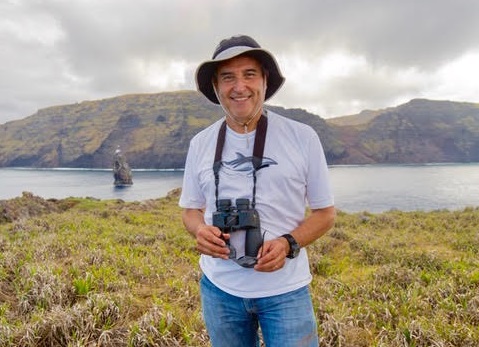
Guillermo Luna
Universidad Católica del Norte, Facultad Ciencias del Mar, Department of Marine Biology, Center for Ecology and Sustainable Management of Oceanic Islands (ESMOI), Centro de Estudios Avanzados en Zonas Áridas (CEAZA), Coquimbo, Chile
I am a Professor in the Department of Marine Biology and a researcher at the ESMOI and CEAZA. The research activities in our lab mainly cover ecology, ecophysiology, conservation, genetics and macroecology of seabirds. The main research interest in our lab is based on the seabird ecology, their role in the functioning of marine ecosystems, and their sensitivity and responses against changes in environmental conditions. In addition, we have been studying ecophysiology and conservation of endemic seabirds breeding on coastal islands of the Humboldt Current Systems. Also, we are studying the impacts of the marine litter on seabirds breeding on oceanic and coastal islands of the Southeast Pacific. For more information, please visit www.esmoi.cl.
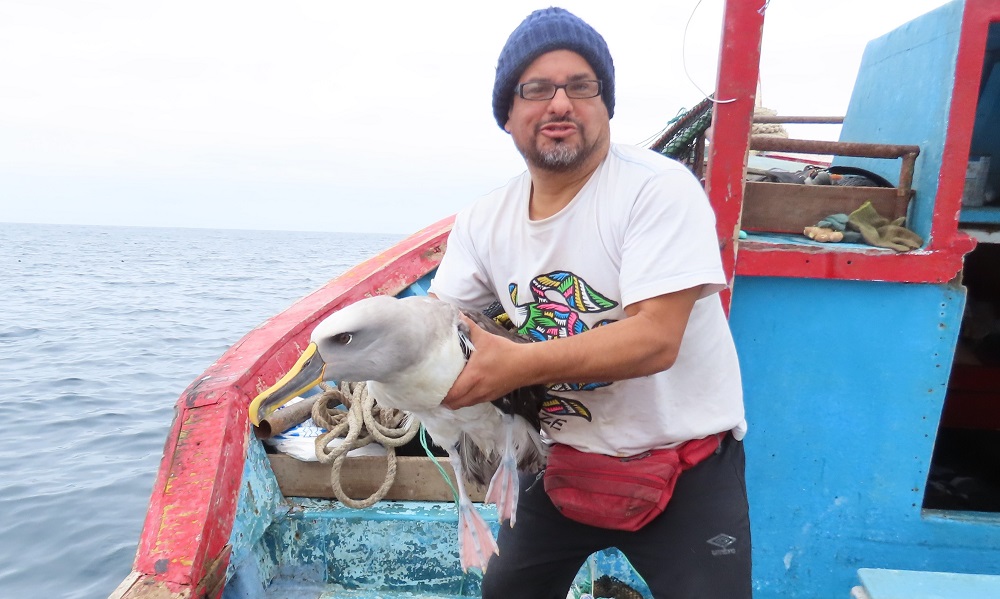
Javier Quiñones
Peruvian Marine Research Institute (IMARPE) Callao Headquarters
My main research and PhD thesis was focused on jellyfish occurrence and its relationship with environmental variability at inter-annual and inter-decadal scales in Peru. Since 2007, I’ve conducted research on sea turtles (specifically Green and Leatherback Seaturtles) and their population dynamics and foraging ecology. More recently, I shifted my research to migratory seabirds, specifically albatrosses and petrels, their spatial distribution, foraging ecology, habitat, etc. in Peru. I participated in several research cruises on pelagic seabirds along the entire Peruvian coast and on eleven campaigns to Antarctica (Perú, Argentina, and USA) from 1997 onwards. Currently, I work with Carlos Zavalaga on attaching GPS/satellite transmitters on Chatham and Buller Albatrosses in The Hague Triangle, offshore of southern Peru. In addition, I work with Conservation of New Zealand regarding habitat use of Salvin’s and Black Petrels in Peru.
